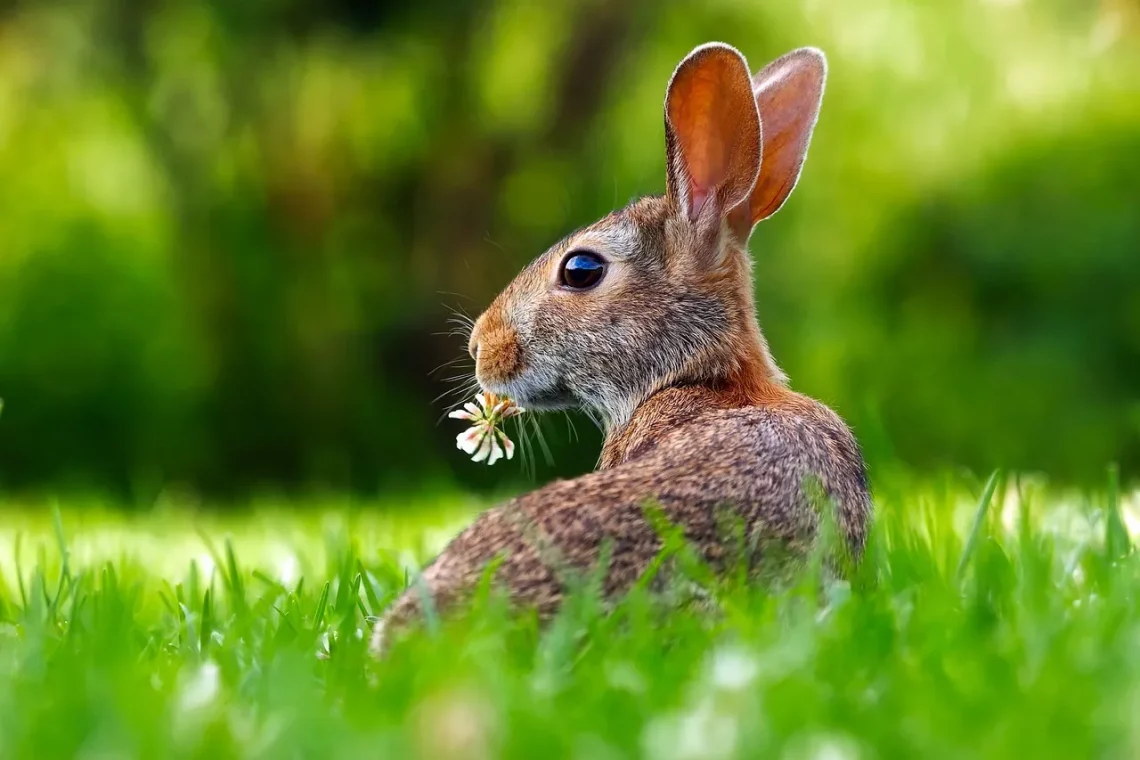
Choosing the Perfect Cage for Your Flemish Giant Rabbit
Choosing the right habitat for your Flemish Giant rabbit is crucial for ensuring their well-being and happiness. These gentle giants are known for their friendly temperament and playful nature, but they also require a spacious and comfortable living environment to thrive. Unlike smaller rabbit breeds, Flemish Giants need ample room to move around, stretch their legs, and explore. The right cage can significantly impact their physical health and mental stimulation.
When it comes to selecting a cage, various factors come into play, including size, material, ventilation, and design. Understanding your rabbit’s needs and behaviors is essential in making an informed choice. A well-chosen cage not only provides a safe haven but also enhances the bond between you and your pet. As you navigate the process of selecting the ideal cage, remember that the overall goal is to create a nurturing and engaging environment that allows your Flemish Giant to express its natural behaviors and lead a happy life.
Understanding the Needs of Flemish Giant Rabbits
Flemish Giant rabbits are one of the largest domestic rabbit breeds, often weighing between 14 to 20 pounds when fully grown. This size not only affects their dietary needs but also their space requirements. A standard rabbit cage may not suffice for a Flemish Giant; instead, a spacious enclosure is crucial. Ideally, the cage should provide enough room for the rabbit to hop around freely, stand up on its hind legs, and lie down comfortably.
In terms of social behavior, Flemish Giants are known for their friendly and sociable nature. They thrive on interaction, both with humans and other pets. Therefore, the cage should not only serve as a sleeping area but also as a space where the rabbit can engage in play. Adding platforms or ramps can encourage exercise and stimulate mental activity.
Additionally, consider the material of the cage. A sturdy, well-constructed structure is vital, as these rabbits can be quite strong and may chew through weaker materials. Wire cages with a solid bottom are often recommended, as they provide good ventilation while keeping your pet safe. However, ensure the wire spacing is narrow enough to prevent any escape attempts.
Lastly, taking into account the location of the cage is also important. Place it in a quiet area of your home, away from direct sunlight and drafts. Rabbits are sensitive to temperature changes, so maintaining a comfortable environment is key to their happiness and health.
Choosing the Right Cage Size and Style
When selecting a cage for your Flemish Giant, size is arguably one of the most critical factors. A general guideline is to choose a cage that is at least 4 feet long, 2 feet wide, and 2 feet tall. However, larger is always better when it comes to accommodating these large rabbits.
The style of the cage also plays a significant role in your rabbit’s happiness. Traditional rabbit hutches, which often come with multiple levels, can be beneficial as they provide different areas for your rabbit to explore. However, ensure that any multi-level design is safe and easy for your rabbit to navigate.
You might also want to consider an exercise pen, which can provide a secure space for your rabbit to play outside its cage. This can be especially important for Flemish Giants, who need regular exercise to stay healthy. An exercise area should be free of hazards and equipped with toys and enrichment activities to keep your pet engaged.
Another key aspect to consider is the ease of cleaning. A cage with a removable bottom tray can make maintenance simpler, allowing you to regularly clean the area without hassle. A clean environment is essential for your rabbit’s health, as it helps reduce the risk of infections and other health issues.
Ultimately, the right cage should reflect not only the physical needs of your Flemish Giant but also its personality. Observing how your pet interacts with its space can guide you in making adjustments, ensuring they have a comfortable and stimulating environment.
Essential Features for a Comfortable Habitat
Beyond size and style, several essential features can enhance the comfort and well-being of your Flemish Giant rabbit. One important aspect is ensuring proper ventilation. Adequate airflow is crucial to prevent any buildup of ammonia from urine, which can lead to respiratory issues. Look for cages with wire sides or ventilation holes that allow for air circulation while keeping your pet secure.
Another essential feature is a solid floor. While wire floors can cause discomfort for a rabbit’s sensitive feet, a solid, easy-to-clean surface is better. You can cover the bottom with soft bedding, such as hay or straw, which provides cushioning and encourages natural digging behaviors.
Providing hiding spots is also vital for your rabbit’s mental health. Rabbits are prey animals and often appreciate having a safe space to retreat to when they feel stressed. Incorporate tunnels, boxes, or hideouts in the cage to create a sense of security. These elements not only provide comfort but also stimulate your rabbit’s curiosity.
Moreover, enrichment items such as chew toys, treat balls, and climbing structures can help keep your Flemish Giant mentally stimulated. Rabbits are intelligent creatures that require mental challenges to prevent boredom, which can lead to destructive behaviors. Regularly rotating toys and introducing new objects can keep your rabbit engaged and happy.
Finally, ensure that your cage is equipped with easy access to fresh water and a proper diet. A heavy ceramic bowl can prevent spills, while a hay rack can keep food organized and accessible. Remember, a well-fed and hydrated rabbit is a happy rabbit.
Maintaining a Clean and Safe Environment
Regular maintenance of your Flemish Giant’s cage is critical for its health and well-being. A clean habitat not only prevents unpleasant odors but also minimizes the risk of diseases. Establishing a cleaning routine can help ensure that your rabbit lives in a hygienic environment.
Start by removing soiled bedding and uneaten food daily. This quick task can significantly improve the overall cleanliness of the cage. At least once a week, perform a more thorough cleaning. This includes washing the cage with warm water and mild soap, rinsing it well, and allowing it to dry completely before adding fresh bedding.
Inspect the cage regularly for any signs of wear and tear. Rabbits can be quite destructive, and any damaged areas can pose safety risks. Repair or replace any broken components promptly to ensure your rabbit remains secure.
Additionally, keep an eye on your rabbit’s behavior and health. Changes in appetite, energy levels, or litter box habits can indicate underlying health issues. If you notice anything unusual, consult a veterinarian experienced with rabbits.
Lastly, always ensure that the cage is free of hazards. Remove any sharp edges, loose wires, or small items that could be ingested. Regularly check for potential escape routes, especially if your rabbit has a tendency to chew.
In conclusion, the importance of a well-chosen cage for your Flemish Giant rabbit cannot be overstated. By understanding their needs, selecting the right size and style, incorporating essential features, and maintaining a clean environment, you can create a happy and healthy home for your beloved pet.
**Disclaimer:** This article is not intended as medical advice. For any health concerns regarding your pet, please consult a qualified veterinarian.




